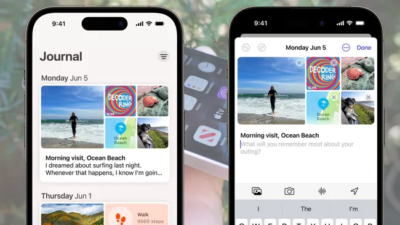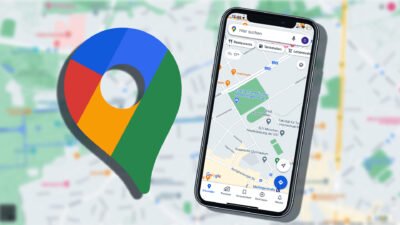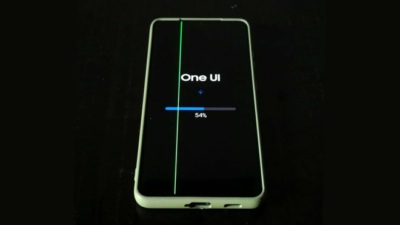WHO Join Hands With Whatsapp To Stop Fake News About COVID-19

The COVID-19 pandemic is impacting a better part of the globe with shutdowns in plants and social-distancing among individuals and communities. Being one of the leading communication apps, the World Health Organization (WHO) is collaborating with Whatsapp and launched a new tool called WHO Health Alert on Whatsapp today.
Also read: Whatsapp announced one million grant against COVID-19

If one text “hi” to +41 79 893 1892 over Whatsapp, one will receive back a text from the WHO that includes a number of categories filled with information, like travel advisories, novel coronavirus infection rates, and misinformation that ought to be debunked. It’s a modern-day HOTLINE: Text 1 for the latest numbers on cases and Text 4 Mythbusters.
The WHO is not the first in line to collaborate with Whatsapp to fight COVID-19 in any manner. The company has a stellar record and experience when it comes to handling misinformation and to dispense accurate news.
Also read: Twitter gears up to battle COVID-19 misinformation
“We already have over one million people signed up even though we haven’t even announced it yet,” says Will Cathcart, who runs WhatsApp, of WHO Health Alert. “It’s great. There seems to be a lot of appetite from people for ways to get good, accurate information and we’re happy to do what we can there to help.”
The new wave of intense isolation regime means more people are using Whatsapp now, for texts as well as phone calls and video chats. In the last few weeks, Whatsapp has almost doubled its server capacity.
“We don’t know what’s coming, and we view WhatsApp as a lifeline for people to communicate when they need it. And the core thing we offer is that it’ll be there and work,” he says. “We’re hearing all these amazing anecdotes especially out of places on the front lines of things like health care workers using WhatsApp to communicate with patients, to communicate with each other. Schools using it to try to do remote education, people using it to keep in touch with their friends and family, either through messaging, but actually exceptionally through video calling and voice calling. And we’re seeing that in the data with a ton of extra usage.”
Research Snipers is currently covering all technology news including Google, Apple, Android, Xiaomi, Huawei, Samsung News, and More. Research Snipers has decade of experience in breaking technology news, covering latest trends in tech news, and recent developments.











